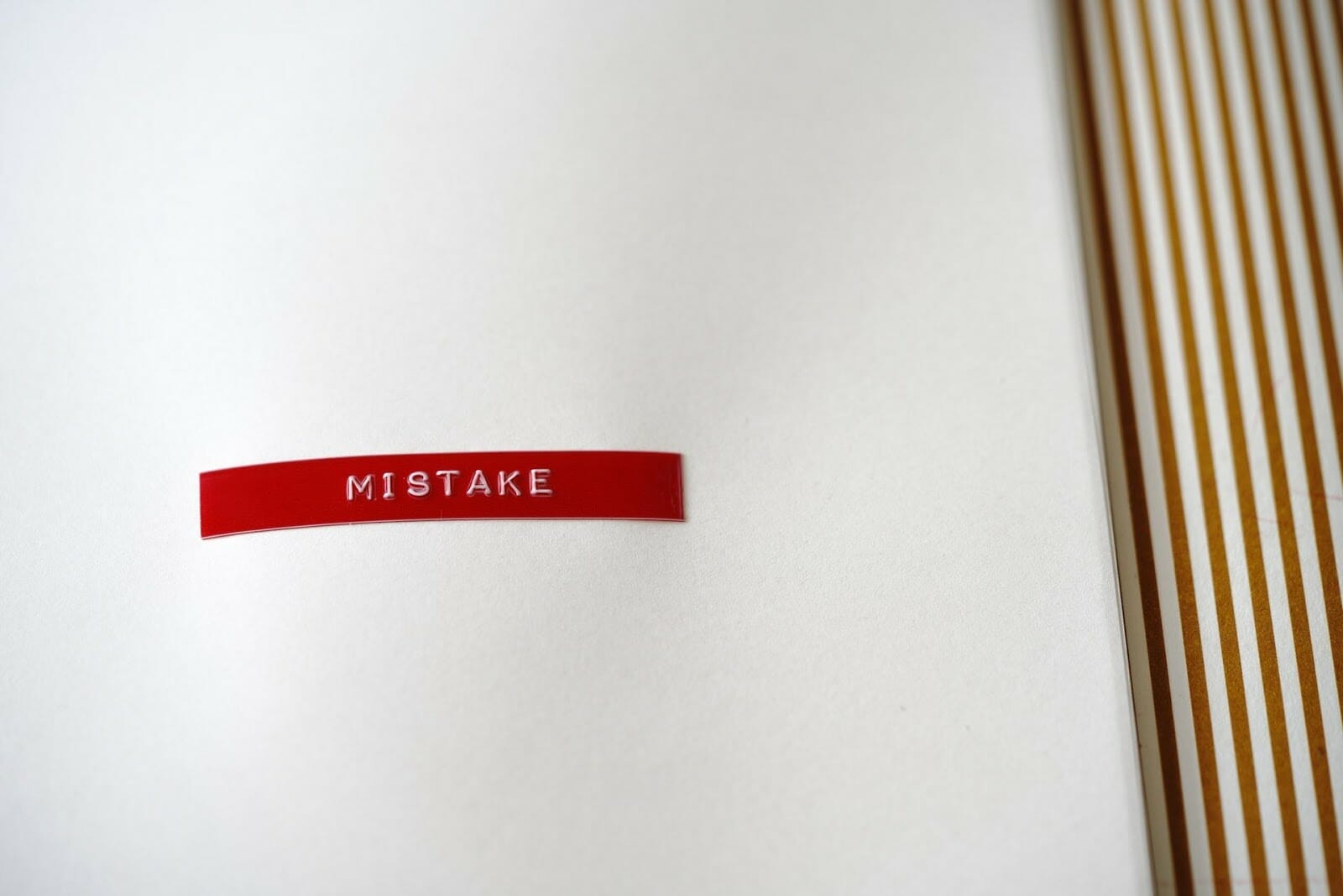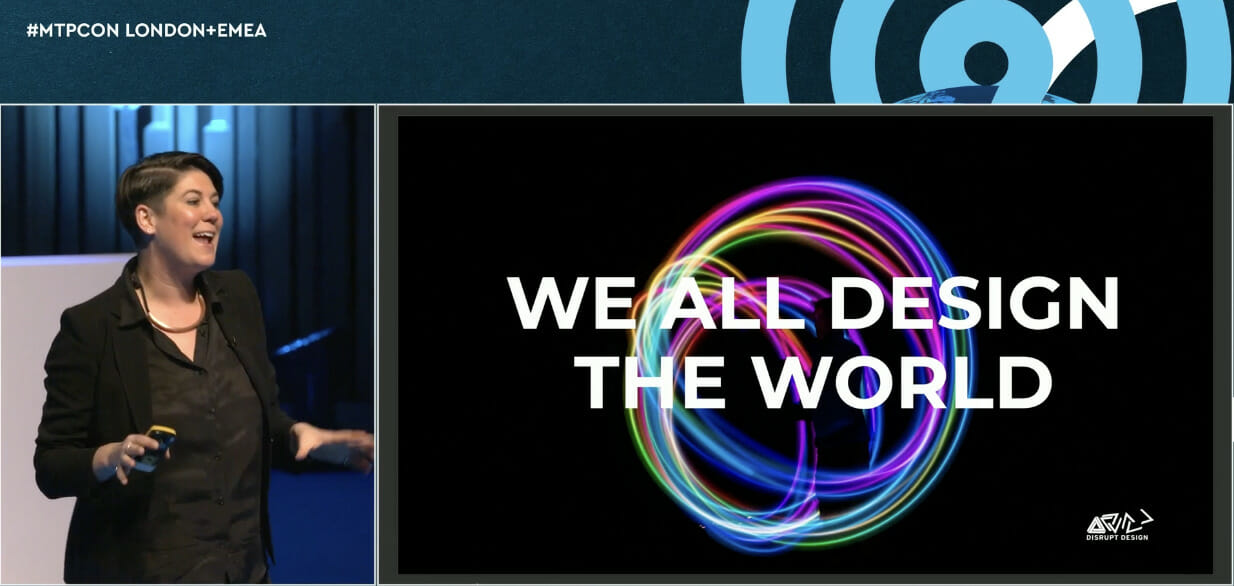As much as we tell ourselves that we learn, adapt and grow stronger from failure, it can be a bitter pill to swallow. However most products fail, so product managers need to be robust in their approach to failure.
There’s lots of sound advice available on what to do when your product fails, which we can summarise as follows:
Analyse the reasons: Was it a marketing issue, product quality, timing, competition, or a combination of factors?
Collect feedback: Gather feedback from customers, stakeholders, and team members and get their views on what went wrong.
Acknowledge mistakes: Take responsibility in order to show your commitment to addressing the issues.
Adjust your strategy: Whether it’s marketing, product development, pricing, audience,and so on, adjust your strategy accordingly, all while communicating openly and transparently and making sure your team and stakeholders remain buoyant, confident and committed to the product.
Most importantly, everyone will tell you to learn from the failure so that you refine your strategies for future launches. We thought it would be helpful to see what some product managers found they learned from the experience of a failed launch.
Bad timing
Let’s start with Marc Abraham’s experience at UK property startup Settled, an experience he relates in a recent #mtpcon London keynote How to F.A.I.L. better in product by Marc Abraham. Settled was a London-based property start-up, whose mission was to make the buying and selling of property as simple as possible.
Its Settled Plus product set out to address and simplify the complex problem of buying a home in the UK – as many 40% of UK house purchases fail to complete after an offer is accepted. They fail for a multitude of reasons. Settled’s assumption was, says Marc, that the primary reason that house purchases didn’t complete was that people found out about issues with a property long after their offer had been accepted. They thought if they could bring this information forward in the process the chance of completion would increase. He says: “We wanted to learn whether having all the pre-packaged information upfront, issues and all, would increase the completion rate and whether home sellers, property lawyers and surveyors were ready to change their ways of working.”
The product was an instant failure, and was retired within a few months. The main issue was timing, says Marc. The company founder wasn’t ready to go all-in on pre-packaged homes and despite successful customer trials, lawyers and surveyors weren’t ready to change the way they worked.
Marc feels that the product didn’t fail in vain. The team tested their riskiest assumptions cost-effectively and early and got strong signals that the product would meet its desired impact. Marc says product managers need to develop the skill to be “able to call time on a product or feature at the right time”. “We need to move away from negativity around products failing and that it’s a blemish on your reputation,” he says.
Solve the right problem
Prashant Mahajan is CEO of start-up Zeda.io, a platform for product teams to define, manage, and collaborate on their products. He worked as a consumer product manager at Paytm and launched what’s become India’s most successful payment product, and at Tokopedia where his work attracted 20 million new users to the company’s products. So he’s been through plenty of product and feature successes and failures in his career to date. He’s found that “in order for something to be successful, it needs to be successful at a lot of small things”.
A product has to solve the right problem, it has to be well-executed and people have to be aware of it, Prashant says. Like Marc, he emphasises the importance of timing – citing Google Glass as an example of a product where the timing was wrong and asking whether Apple will have got the timing right with the launch of Apple Vision Pro next year. He wonders if businesses like Uber and AirBNB had launched at an earlier time, would they have found the same level of success? (By the way, if you want an extensive list of Google’s product failures, have a look through Killed by Google).
The overall product experience must be well-executed, Prashant adds, not just the technical aspects. “There can be multiple, small factors which did not fit well and resulted in big failure. And that’s probably my one piece of advice. It’s easy to blame one thing. Product will blame marketing, marketing will blame product, for someone will blame what’s happening in the world right now, but it needs to fit perfectly. It needs to be everything at the right time, at the right place to get it successful.”
Are they real users?
For an example from his own experience, Prashant talks about a time a few years ago when his company was very much in its infancy and got connected with Tata 1mg, a division of one of India’s biggest companies. “We were starting up,” he says, “we had $4 million, we had a team, we had money, we had momentum. But we were overly enthusiastic – we talked to them, we understood their problem, and we started building a solution for them.”
Prashant and his team spent working with the company to build the solution for the company only to find that they didn’t want to use it and didn’t pay Prashant’s company any money. “They never signed anything and they never paid us any money,” he says. “Now when I look back we were dumb. We didn’t question whether they were real users. Zeda.io solves for B2b SaaS companies, Tata 1mg is a B2C company. We fell into this trap because they were so big.” He adds: “You should always know what the problem is and who you are solving for. We missed the ‘who’ part. They had a problem of project management not product management, so that was a misalignment.”
A checklist
Prashant says he learned that he must not try to solve for everyone, only for a particular persona, which for Zedo.io is a mid-market B2B SaaS company with five to 15 product managers. And that it’s vital to get commitment before you start any work! “We just took their word that they would use it,” he says.
Prashant says that this and other experiences have led him to modify the way he builds products.
He now is very careful to ask:
Am I talking to the right person?
Am I solving the right problem?
Is it a real problem, or is it just because the competition launched something, or similar? Do I have an advantage or is it a me-too?
Most importantly, Prashant says, he never builds a complete product, he does the minimum he needs to do to understand whether he’s going in the right direction – a minimum valuable product, rather than a minimum viable product.
He summarises: “If your product fails, don’t blame other people, take ownership. Accept it and understand why it failed. Try to understand what happened and go in-depth as to why it failed. A lot of people are scared to see their own mistakes so they don’t do this.”
Further resources
What To Do When Most New Products Fail: Six Best Practices To Ensure Your Product Succeeds
Why do product launches fail?
Why do products fail?







Comments
Join the community
Sign up for free to share your thoughts